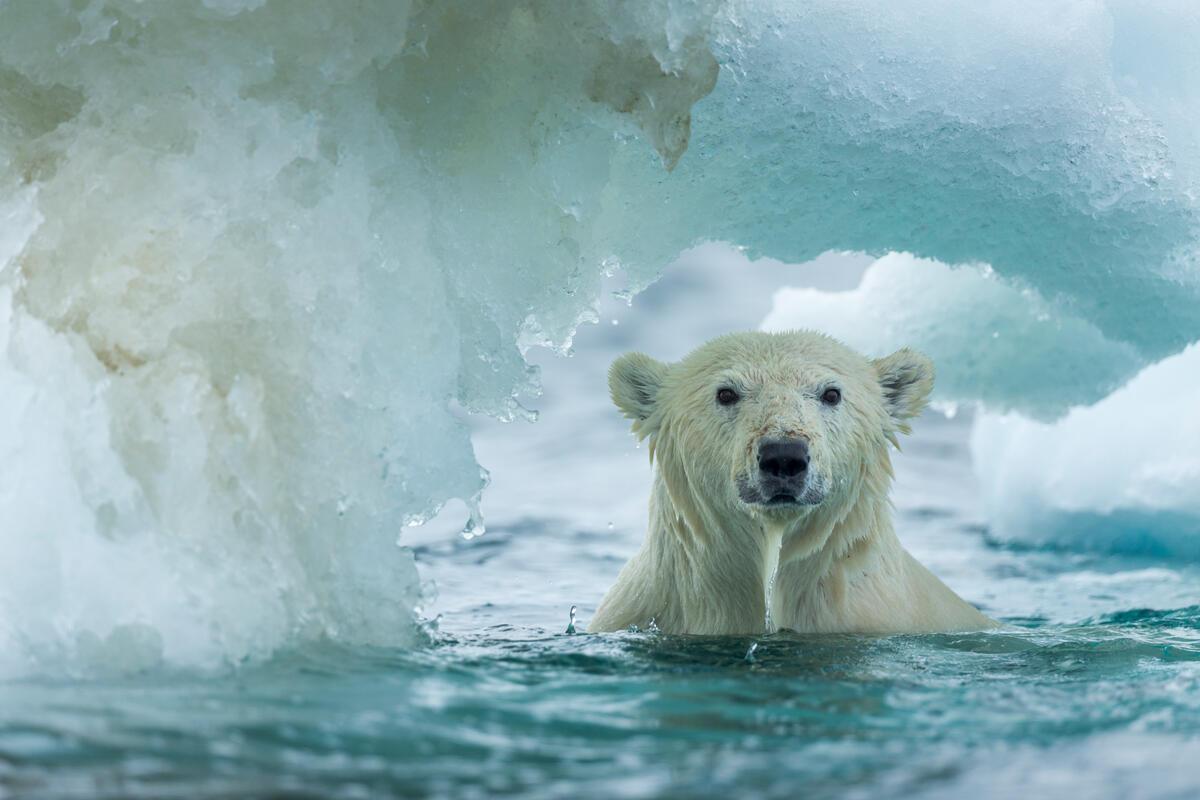Heat waves got you worried? Scientists reveal the fastest way to fight climate change
Study shows stunning route to fighting climate change and saving Arctic ice.
Update July 25, 2024: After months of extraordinary global heat, 2024 could turn out to be even hotter than 2023.
Even the Arctic feels the heat in the summer. As global temperatures rise, summer sea ice in the Arctic is rapidly declining. About 40% of Arctic summer sea ice has vanished since 1979, and it could disappear entirely around mid-century, according to the Intergovernmental Panel on Climate Change.
That would have profound impacts on wildlife and climate change.
But a powerful study by scientists from Environmental Defense Fund points the way to a solution: Rapidly slashing the world's methane emissions could help save our Arctic summer sea ice, slow climate change and protect countless animals that make sea ice home.

Losing Arctic summer sea ice would not only be tragic for polar bears, walruses and other species that depend on sea ice for survival. It would also further accelerate global warming. Sea ice reflects 50-70% of the sunlight that hits it. Ocean water, on the other hand, absorbs 90% of sunlight. The more sunlight gets absorbed by ocean water, the more Earth warms.
An Arctic without sea ice could have the same warming impact as a trillion tons of carbon dioxide emissions. That’s 25 years worth of warming at the world’s current emission rate.
But EDF research suggests that cutting methane emissions rapidly, along with carbon dioxide reductions could be our best hope to save summer sea ice this century and beyond.
- Methane: The climate pollutant your grandparents didn't know about
- Slow global warming fast with MethaneSAT
Methane reductions need to start now, says lead researcher, Tianyi Sun.
“Over the following 20 years, the methane released today will cause 80 times more warming than an equal amount of CO2,” Sun says. “So along with reducing CO2, cutting methane this decade gives us our best chance at preserving this vital part of our planet for generations to come.”
The oil and gas industry is one of the leading sources of methane globally. Several analyses have demonstrated that industry actions, such as capping the estimated 1 million-odd abandoned wells in the United States, are among the most affordable and simplest places to make meaningful methane reductions.
The International Energy Agency (IEA) estimates that existing technology can reduce oil and gas industry methane by 75%, and two-thirds of those reductions could be achieved at no net cost to industry.
According to the study, net-zero carbon dioxide emissions by 2050 (as laid out in the Paris Climate Agreement) combined with quick methane reductions, increases the odds of preserving Arctic summer sea ice this century from nearly zero to 80%.
“If we do nothing, Arctic summer sea ice will likely vanish. If we hit net-zero carbon dioxide by 2050 but ignore methane, we have a 50-50 chance at preserving it,” Sun said. “But if we tackle methane too, we have a very good shot at saving this critical climate component that’s vital to us all.”


